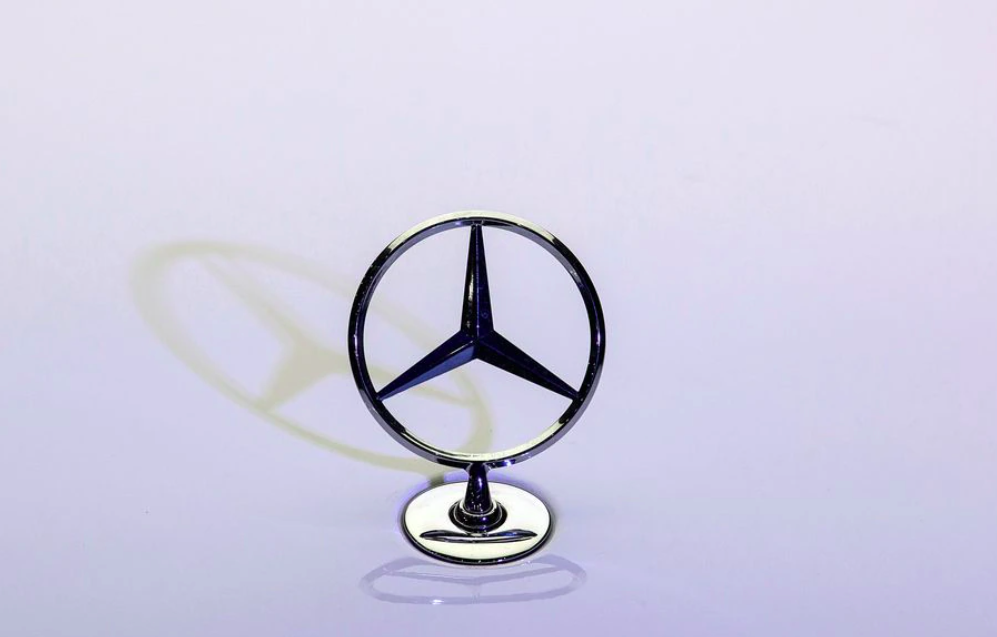PUNE, India, April 12 (Reuters) – Germany’s Mercedes-Benz (MBGn.DE) is betting that an expanding pool of young new millionaires will drive demand for luxury cars in India, creating faster sales growth than for mass market cars, a top company official said.
India’s increasing numbers of “dollar millionaires” include young entrepreneurs or high-earning professionals who appreciate the luxury element and technology of the cars, said Martin Schwenk, chief executive of Mercedes-Benz India.
“The base is getting broader and gradually moving beyond our traditional customers,” Schwenk told Reuters in a recent interview in the western industrial city of Pune, home to Mercedes’ India headquarters and manufacturing plant.
“Going forward we will see higher growth rates in the luxury segment than we see in the mass market,” he said, adding that buyers’ average age had also fallen below 40, from more than 45 earlier.
Global carmakers’ biggest growth hurdle is a shortage of semiconductors and logistics woes worsened by Russia’s invasion of Ukraine. For Mercedes India, this has led to an order backlog of 4,000 cars and wait times of more than six months in some cases, Schwenk said.
India’s start-up frenzy and stock market boom are creating a new breed of wealthy splurgers on luxury brands such as Rolex, Louis Vuitton and Gucci, the 2021 Hurun India Wealth Report showed.
The number of Indian households with a net worth of at least a million dollars grew 11% in 2021 to 458,000 and is expected to increase by 30% over the next five years, the report said.
India is largely a small and low-cost car market in which luxury models account for just over 1% of total annual sales of about 3 million.
Mercedes’ India sales rose more than 40% to 11,242 cars in 2021, coming off a low of 7,893 during the pandemic-hit year of 2020.
But the carmaker saw growth of 80% in top-end models such as the GLS, S-Class and GLS Maybach, all cars costing more than 10 million rupees ($131,337).
Schwenk said while the pandemic had driven some of this demand, as more people “spent for their own pleasure”, India’s luxury car market showed potential for higher growth, a feature missing over the last six to eight years.
To capitalise on the momentum, the company plans to launch 10 models in 2022, including its locally assembled electric sedan EQS. read more
While growth in India’s luxury and mass markets are not directly comparable, Mercedes’ high-end models doing well reflects the wealth of the nation, said Ravi Bhatia, president for India at JATO.
“The rich have become richer and some of them have ended up upgrading their lifestyle,” Bhatia said.
JATO’s analysis also showed that Mercedes’ product mix and pricing led to a lower average weighted price of its cars, putting upgrades to the luxury segment within reach of more customers, he added.
Mercedes’ sales in India in 2021, however, were still lower than its peak of more than 15,500 cars in 2018. Schwenk said sales could approach 2018 levels this year if there were no further supply chain disruptions because of COVID or geopolitical issues.
Lowering Indian taxes on luxury cars, which he said were among the highest in the world, would also help grow the segment and benefit the car market.











